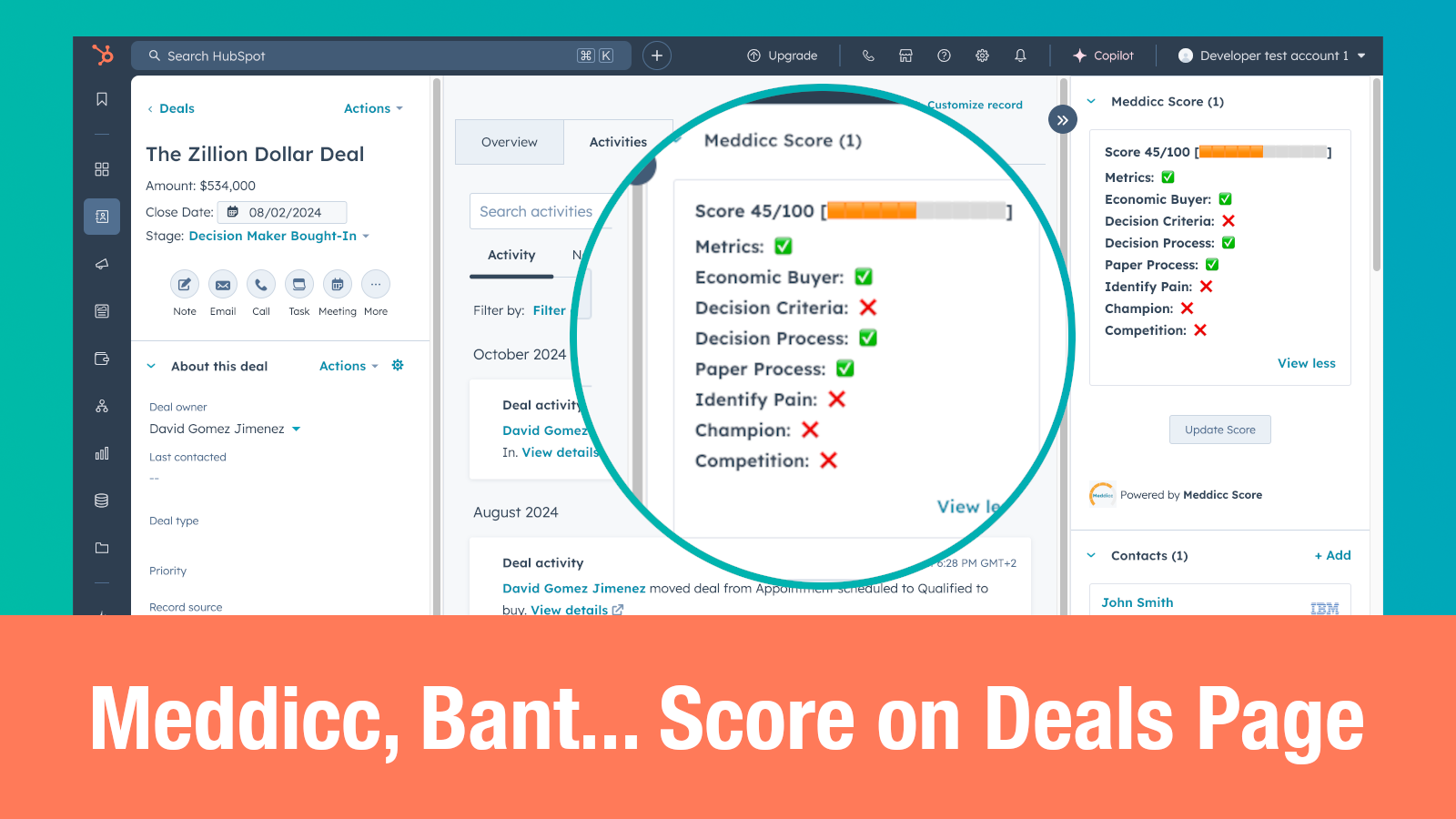ANUM Framework: Revamping Sales Qualification for Modern Sales Teams
Sales qualification is the critical foundation of any high-performing sales process. As the sales landscape evolves, modern sales teams seek agile frameworks that match the pace and complexity of today’s buyers. Enter the ANUM framework—a modern take on sales qualification that helps reps focus on what matters most.
In this post, we’ll break down the ANUM framework, compare it to traditional methods, and show you how to leverage it for better sales outcomes.
What is the ANUM Framework?
The ANUM framework stands for:
- Authority: Is your contact the decision-maker?
- Need: Does the prospect have a real pain or requirement?
- Urgency: Is there a compelling reason to act now?
- Money: Can they afford your solution?
Unlike older frameworks such as BANT (Budget, Authority, Need, Timeline), ANUM puts the emphasis on authority and need over budget considerations. This makes it ideal for modern sales scenarios where buyers are more informed and the sales cycle is often nonlinear.
Why the Modern Sales Landscape Needs ANUM
With prospects conducting their own research and stakeholders increasing in every deal, sales teams need to adapt. Here’s why the ANUM framework suits modern sales:
- Authority is Harder to Pin Down: Multiple decision-makers are often involved in larger deals. ANUM prompts reps to qualify the right contact from the start.
- Need Over Budget: In today’s solution-focused sales, addressing a genuine business pain is a higher priority than just ticking the budget box.
- Dynamic Timelines: Traditional rigid timelines rarely exist. Urgency in ANUM helps sellers anchor the conversation in real-world pressures.
How to Implement the ANUM Framework
1. Qualify for Authority
Start calls by mapping the organization. Ask, “Who else should be involved in this decision?” and research buying committees to identify influencers and stakeholders.
2. Uncover the Need
Dig deep with open-ended questions:
- “What challenges led you to explore our solutions?”
- “How have these issues impacted your business goals?”
Demonstrate empathy and expertise to nurture trust and credibility.
3. Establish Urgency
Look for triggers:
- Regulatory deadlines
- Product launches
- Market changes
Questions like, “Is resolving this an immediate priority for your team?” uncover if there’s a compelling reason to act now.
4. Confirm Budget (Money)
Discuss budget after authority, need, and urgency are clear. Suggest ranges to make conversations comfortable:
- “Have you set aside resources for a solution like this?”
- “Typically, solutions of this scope are in the $X-$Y range. How does that align with your expectations?”
ANUM vs BANT: A Side-by-Side Comparison
| Feature | BANT | ANUM |
|---|---|---|
| Budget First | Yes | No |
| Authority | After Budget | First |
| Need | Third | Second |
| Urgency | Sometimes Timeline-Based | Directly Addresses |
| Modern Fit | Less | More |
Benefits of Using the ANUM Framework in Modern Sales
- Improved accuracy in qualifying leads
- Reduced wasted time
- Stronger relationships with decision-makers
- Higher conversion rates through relevant, urgent solutions
Final Thoughts
The ANUM framework is a powerful evolution in sales qualification, crafted for modern sales teams that want to stay ahead. By putting authority and need first, sales reps can build more meaningful connections with buyers and accelerate deals that truly matter.
Ready to boost your sales qualification process? Give ANUM a try and watch your sales pipeline fill with high-quality, high-intent opportunities.
Related posts:




